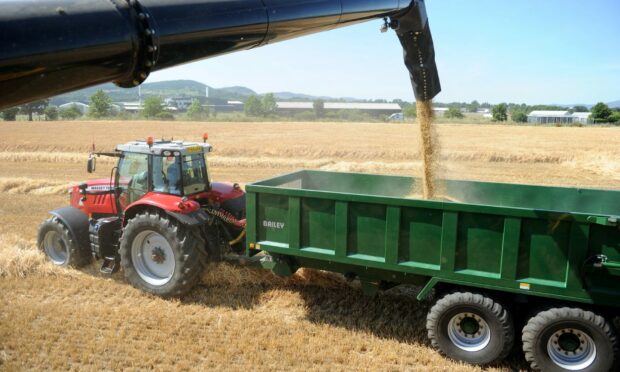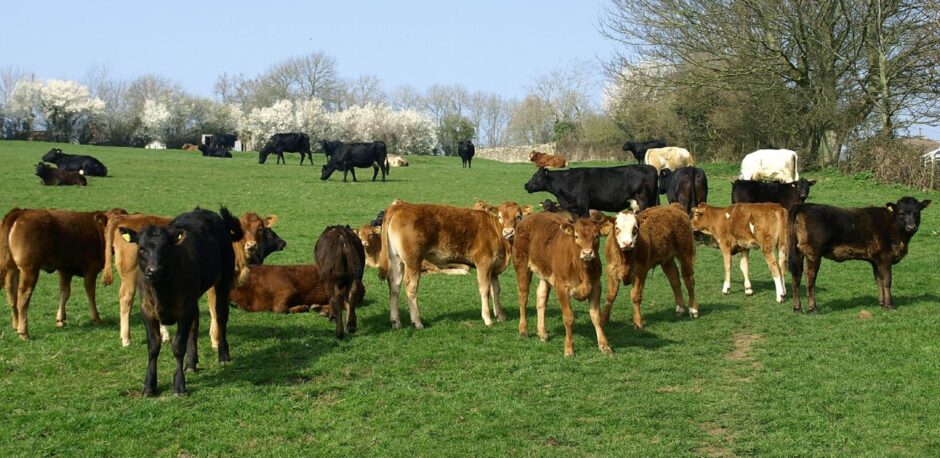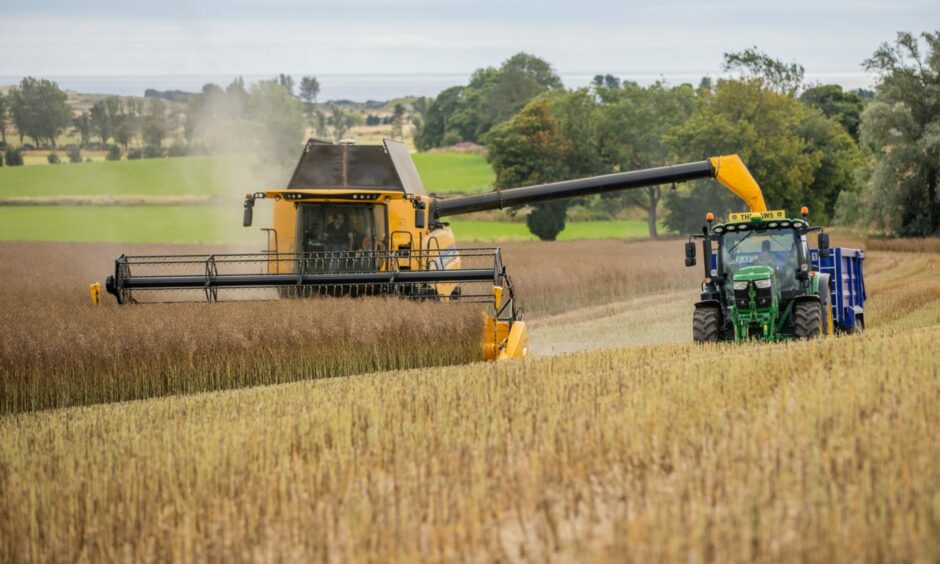Official estimates of Scottish farm production in 2021 paint a broadly positive picture for both the livestock and cereals sectors, despite the massive challenges posed by Brexit and the pandemic.
Most notably the figures published by Scotland’s Chief Statistician indicate that the falling trend in cattle numbers appears to have halted, with the national herd remaining steady at last year’s total of 1,720,000.
Meanwhile, dairy numbers increased very slightly in 2021 and the good lambing season meant sheep numbers increased by 1% on 2020.
Pig numbers also increased for the third consecutive year and poultry numbers fell by 3%, despite an increase in the number of birds kept for egg production.
In the arable sector total cereal production is expected to be around 3.1 million tonnes – broadly similar to the 2020 estimates – with yields generally above the five year average.
The area of potatoes remained steady at 28,400 ha and vegetable areas increased by 5% to 22,100 ha. Strawberries are the most popular soft fruit grown in Scotland, making up more than half the total areas of 2200ha.
The figures include first estimates from the June Agricultural Census which show there was a slight increase in the workforce on farms to 67,400.
Rural Affairs Secretary Mairi Gougeon said the statistics painted a very mixed picture.
“The last 18 months have been particularly difficult with a number of very real challenges having arisen from EU-Exit and COVID-19 for supply chains such as labour and skills shortages and the possible knock-on impacts of these, including on food supplies,” she said.
Nervousness
“We are seeing nervousness across the industry with concerns around the reduction in casual and seasonal workers. Urgent changes need to be made to the immigration rules to address the acute labour market shortages and provide certainty to the sector. We continue to press the UK Government on the issue of labour and skills shortages and the impacts on the food and drink sector.”
She reiterated the government’s intention to bring forward a new Scottish Agriculture Bill in 2023.


